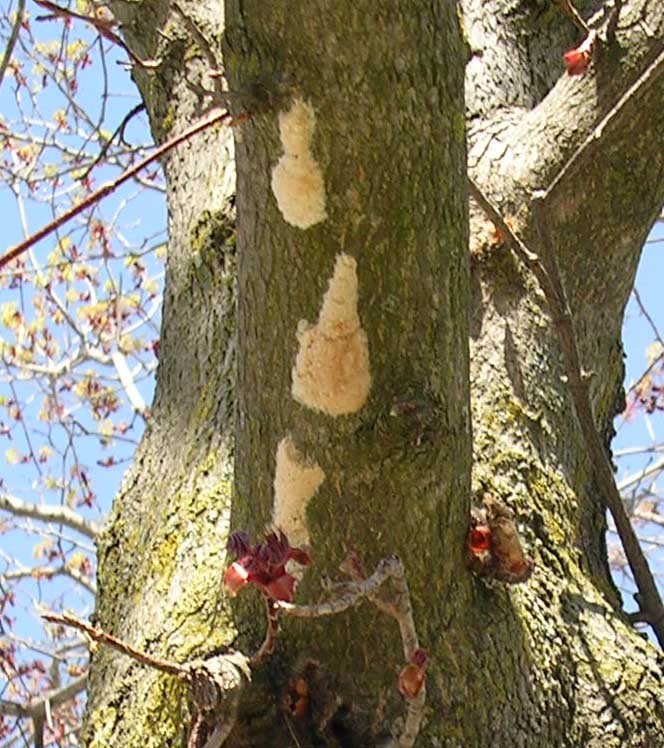By Don Kissinger, DNR Urban Forester, 715-348-5746 or Don.Kissinger@wisconsin.gov; Paul Cigan, DNR Forest Health Specialist, 715-416-4920 or Paul.Cigan@wisconsin.gov
The Wisconsin Department of Natural Resources (DNR) urban and forest health specialists recommend not pruning or cutting oaks from April through July to protect oak trees from the often fatal oak wilt disease.
The spring season often draws property owners outdoors to soak up rays of long-awaited sunlight, breathe in some fresh air and begin seasonal yard maintenance and cleanup projects. While spring is a time to dust off yard tools like rakes, shovels and weed clippers, when it comes to the health of oak trees, keeping those chainsaws and trimming tools a safe distance away will go a long way to ensure that your trees stay healthy for many more spring seasons to come.
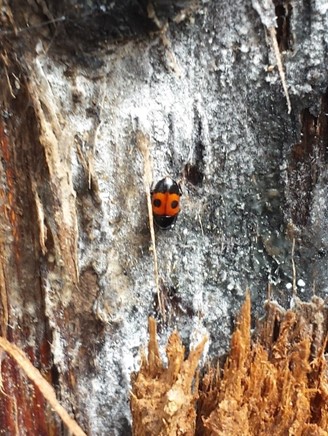
Sap-feeding beetle on a diseased oak tree in Sawyer County.
Continue reading “Protect Oak Trees From Oak Wilt By Pruning After July, Not Before”

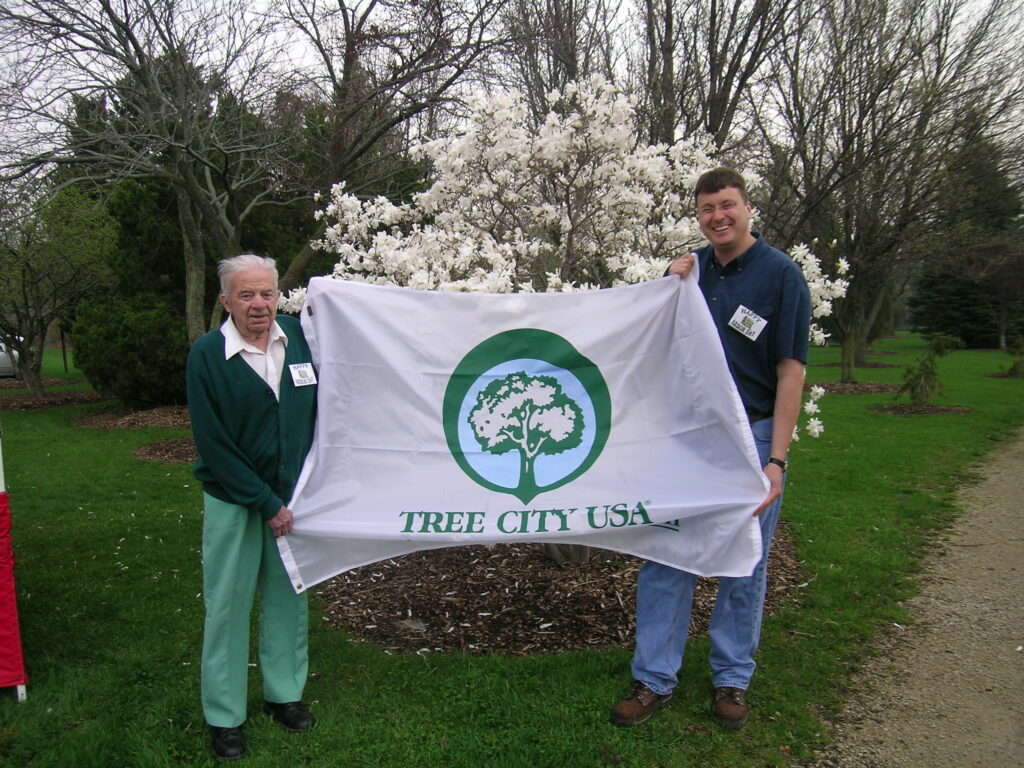 Tree City, Tree Campus and Tree Line USA program participants: please review the Arbor Day Foundation’s following expectations regarding the 2021 program recognition standards.
Tree City, Tree Campus and Tree Line USA program participants: please review the Arbor Day Foundation’s following expectations regarding the 2021 program recognition standards.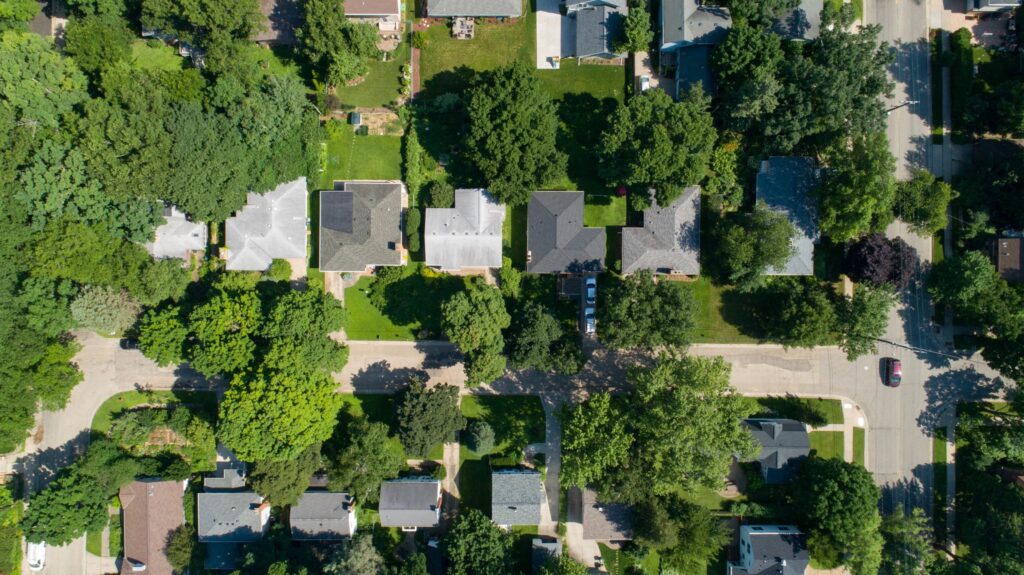 The Wisconsin Urban Forestry Council has announced awards honoring those dedicated to protecting, preserving and increasing the number of trees that line city streets, fill community parks and beautify neighborhoods throughout Wisconsin. The Wisconsin Urban Forestry Council advises the Wisconsin Department of Natural Resources (DNR) Division of Forestry on the management of urban and community forest resources.
The Wisconsin Urban Forestry Council has announced awards honoring those dedicated to protecting, preserving and increasing the number of trees that line city streets, fill community parks and beautify neighborhoods throughout Wisconsin. The Wisconsin Urban Forestry Council advises the Wisconsin Department of Natural Resources (DNR) Division of Forestry on the management of urban and community forest resources.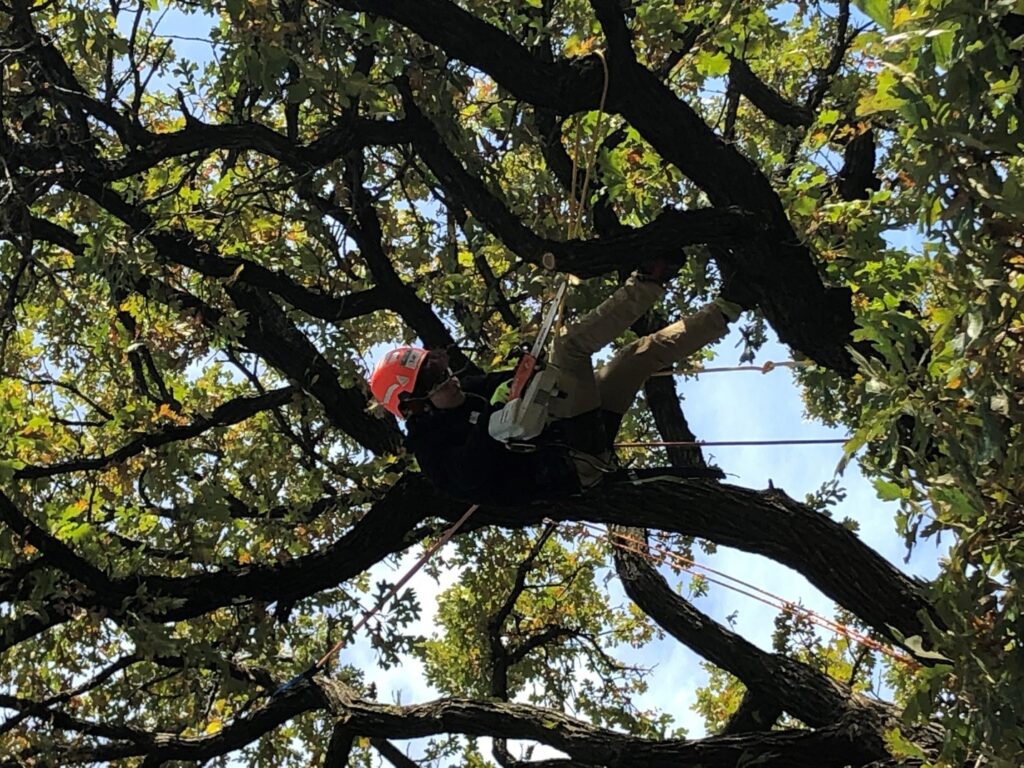
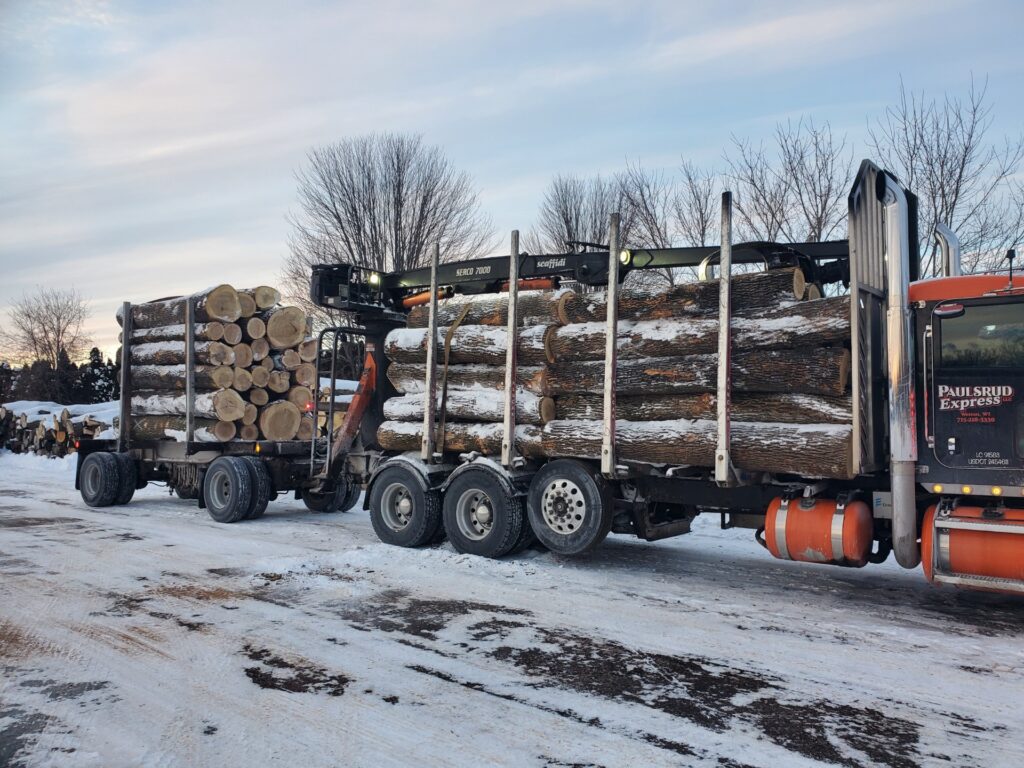
 Oak wilt is a serious disease that occurs when insects carrying oak wilt fungal spores land on a healthy oak tree’s fresh wound. To prevent oak wilt infections, it is important to avoid pruning, wounding and harvesting oaks when these insects are abundant, generally April through July.
Oak wilt is a serious disease that occurs when insects carrying oak wilt fungal spores land on a healthy oak tree’s fresh wound. To prevent oak wilt infections, it is important to avoid pruning, wounding and harvesting oaks when these insects are abundant, generally April through July.